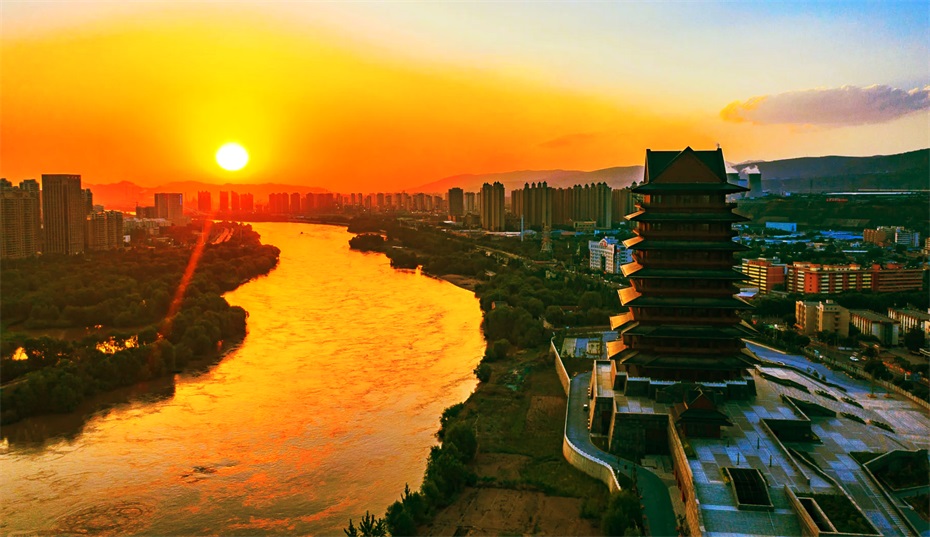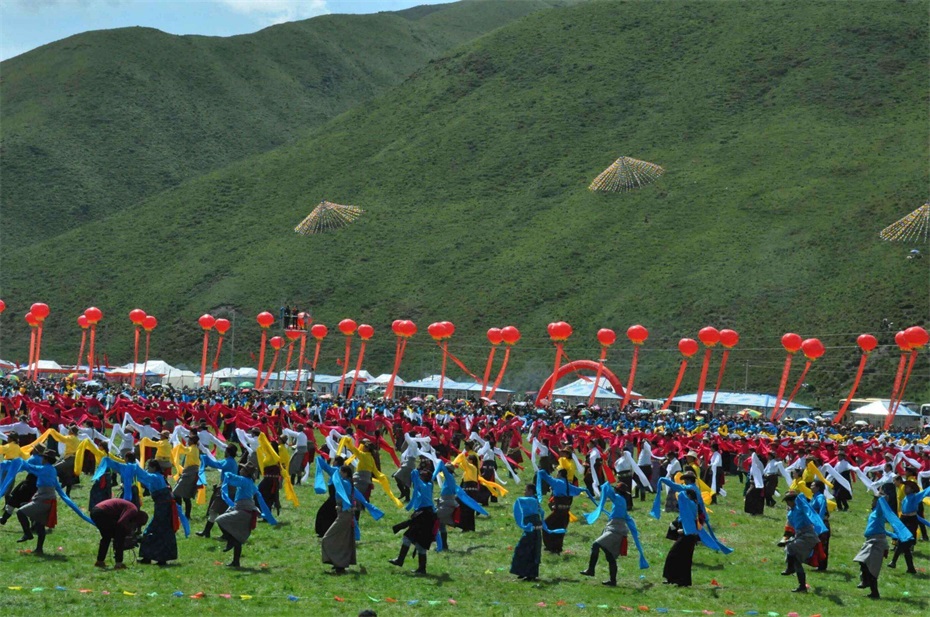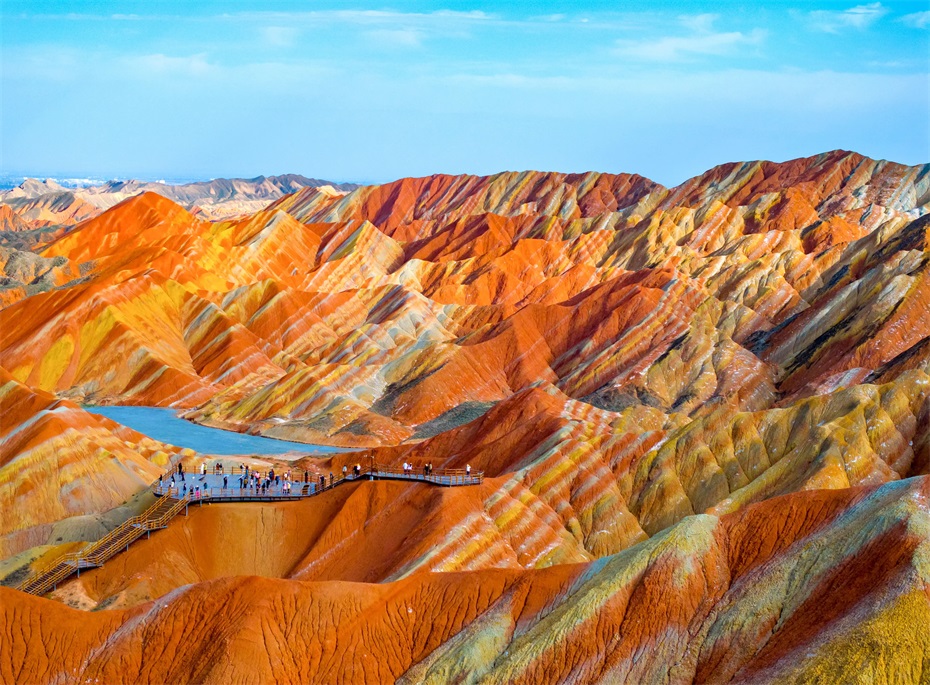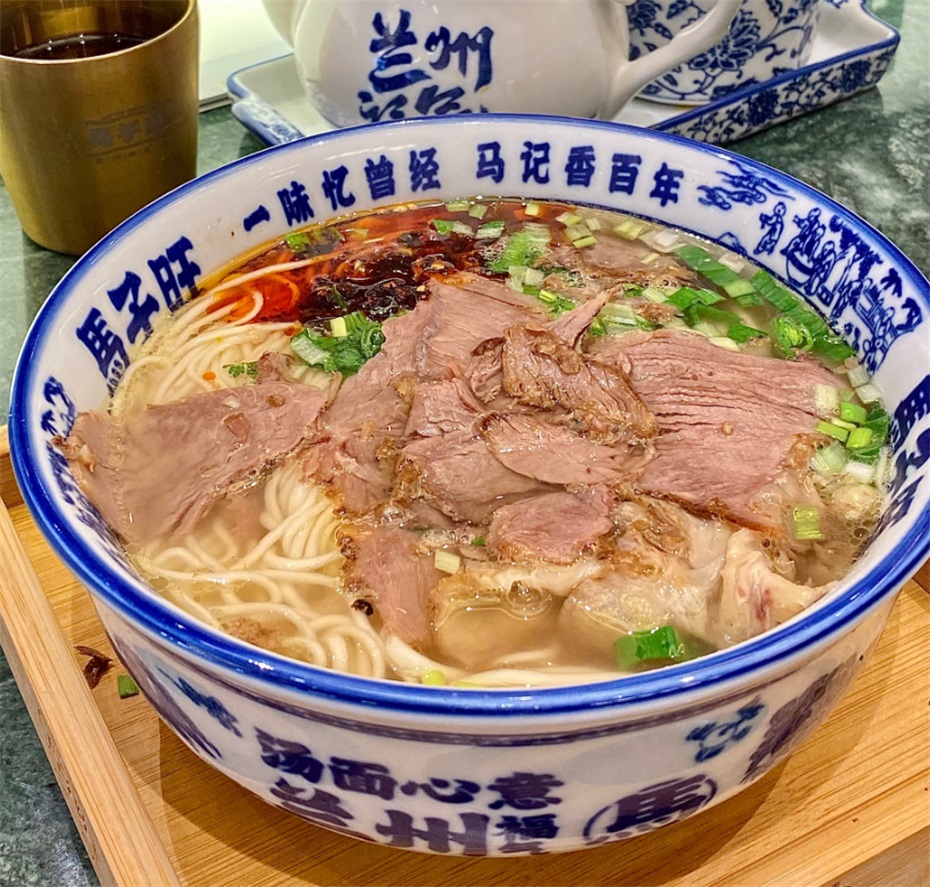Gansu Province
Overview of Gansu Province

Gansu Province, abbreviated as "Gan" or "Long", is located in the northwest region of China, upstream of the Yellow River, and is a golden location on the ancient Silk Road. The total area of the province is 425800 square kilometers, ranking seventh in the country, with 12 prefecture level cities and 2 autonomous prefectures under its jurisdiction, and a permanent population of 24.92 million people (2022 data). In 2022, the total regional GDP of the province will reach 1.12 trillion yuan, making it an important energy base, non-ferrous metallurgy base, and characteristic agricultural product production base in China.
Gansu Province currently governs 12 prefecture level cities including Lanzhou (provincial capital), Jiayuguan, Jinchang, Baiyin, Tianshui, Wuwei, Zhangye, Pingliang, Jiuquan, Qingyang, Dingxi, and Longnan, as well as 2 autonomous prefectures including Linxia Hui Autonomous Prefecture and Gannan Tibetan Autonomous Prefecture. As an important channel of the Silk Road Economic Belt, Gansu is known as the "Hexi Corridor" and "Jiangnan on the Long River", and is also an important ecological security barrier in northwest China.
2Īó Geographical features
1. Location characteristics
Gansu Province is located between 32 ĪŃ 11 Īõ -42 ĪŃ 57 Īõ N latitude and 92 ĪŃ 13 Īõ -108 ĪŃ 46 Īõ E longitude. It borders Shaanxi to the east, Sichuan to the south, Qinghai and Xinjiang to the west, Inner Mongolia and Ningxia to the north, and Mongolia to the east. The province winds for more than 1600 kilometers from east to west, resembling a dazzling "Jade Ruyi", and is an important land route connecting Central Asia and West Asia.
2. Terrain and landforms
The terrain in the province is complex and diverse:
Eastern region: Loess Plateau in Longdong and Longzhong
West: Hexi Corridor (between Qilian Mountains and Heli Mountains)
Southern region: Gannan Plateau and Longnan Mountains
North: Edge of the Alxa Plateau
Typical landforms: Danxia, Yadan, glaciers
3. Water system distribution
Yellow River Basin: accounting for 62% of the province's area
Yangtze River Basin: Longjiang River in Longnan
Inland River Basin: Hexi Corridor (Heihe River, Shule River, etc.)
Glacier: Modern Glacier in Qilian Mountains
4. Climate characteristics
The climate types are complex and diverse:
Eastern region: temperate semi humid climate
Central region: temperate semi-arid climate
Western region: temperate arid climate
Southern region: Subtropical humid climate
Annual average temperature: 0-15 Īµ
Annual precipitation: 40-800 millimeters
3Īó Historical context
1. Origin of Civilization
Neolithic Age: Dadiwan Culture (8000 years ago)
Bronze Age: Qi Family Culture, Siba Culture
Pre Qin period: the birthplace of the Qin people (Tianshui)
2. Organizational history
Han Dynasty: Four commanderies were established in Hexi (Wuwei, Zhangye, Jiuquan, Dunhuang)
Tang Dynasty: The heyday of the Silk Road
Yuan Dynasty: Establishment of Gansu Province
Qing Dynasty: The basic formation of Gansu Province
3. Important historical periods
The Silk Road: a major channel for the exchange of Eastern and Western civilizations
During the War of Resistance Against Japan: Northwest International Transportation Line
Third line construction: layout of important industrial bases
New era: an important node of the "the Belt and Road" construction
4Īó Cultural Essence
1. Multicultural integration
Silk Road Culture: Art of the Mogao Grottoes of Dunhuang
Yellow River Culture: The Birthplace of Agricultural Civilization
Ethnic Culture: Ethnic minority cultures such as Hui and Tibetan
Red Culture: Huining Meeting, Southern Liang Revolutionary Base Area
2. Intangible Cultural Heritage

Folk art: Qingyang sachet, Linxia brick carving
Traditional skills: making Taoyan and carving gourds in Lanzhou
Folk Culture: Gannan Tibetan Fragrant Waves Festival, Longdong Community Fire
3. Dialect characteristics
Central Plains Mandarin: Longzhong dialect, Qinlong dialect
Lanyin Mandarin: Hexi Corridor
Southwest Mandarin: Parts of Longnan
Tibetan: Gannan Tibetan Region
Mongolian: Subei Mongolian Autonomous County
5Īó Tourist destinations
1. World Heritage Sites
the Mogao Grottoes of Dunhuang
Great Wall (Gansu section)
Silk Road (Gansu section)
Jiayuguan (an important component of the Great Wall culture)
2. 5A level scenic spot

Dunhuang Mingsha Mountain Crescent Spring Scenic Area
Tianshui Maijishan Scenic Area
Pingliang Kongtong Mountain Scenic Area
Zhangye Colorful Danxia Scenic Area
3. Featured tourism
Silk Road Cultural Tour: Dunhuang, Jiayuguan
Yellow River Style Tour: Lanzhou Baili Yellow River Style Line
Ethnic Culture Tour: Gannan Grassland, Linxia Hui Culture
Red Study Tour: Huining Meeting Site
6Īó Food map
1. Characteristics of Longcai

Linxia: Dongxiang Shouzhu, Hezhou Baozi
Tianshui: Guagua, Muddy Water Surface
Longnan: Potato mash, canned wine
2. Featured snacks
Ferments hides
Grey beans
Sweet embryo
Milk, eggs, mash
Oil fried flour
3. Specialty drinks
Lanzhou Lily
Longnan olive oil
Hexi Corridor Wine
Three Battery Bowl Tea
7Īó Development Status
1. Industrial system
New Energy: Hexi Corridor Wind Power Base
Petrochemical industry: Lanzhou Petrochemical
Nonferrous Metallurgy: Jinchuan Group (the world's third-largest nickel enterprise)
Featured Agriculture: Potato and Traditional Chinese Medicine Industry
2. Transportation network
Aviation: Lanzhou Zhongchuan International Airport
Railway: Lanxin High speed Railway, Longhai Railway
Highway: Gansu section of Lianhuo Expressway
Pipeline: an important hub for the West East Gas Pipeline
3. Ecological construction
Qilian Mountains National Park
Ecological Protection in the Yellow River Basin
Sand prevention and control project
National ecological security barrier
From Dunhuang murals to Yellow River waterwheels, from Qilian snow capped peaks to Danxia landforms, this "Longyuan land" is writing a magnificent chapter of high-quality development in the new era with the Gansu spirit of "one person for me, ten for me, ten for me, a hundred for me". Here, there is both the grandeur of the "vast desert with solitary smoke" and the beauty of "Jiangnan on the Long River", which is becoming an important window to showcase the development and opening up of western China.
simliy
